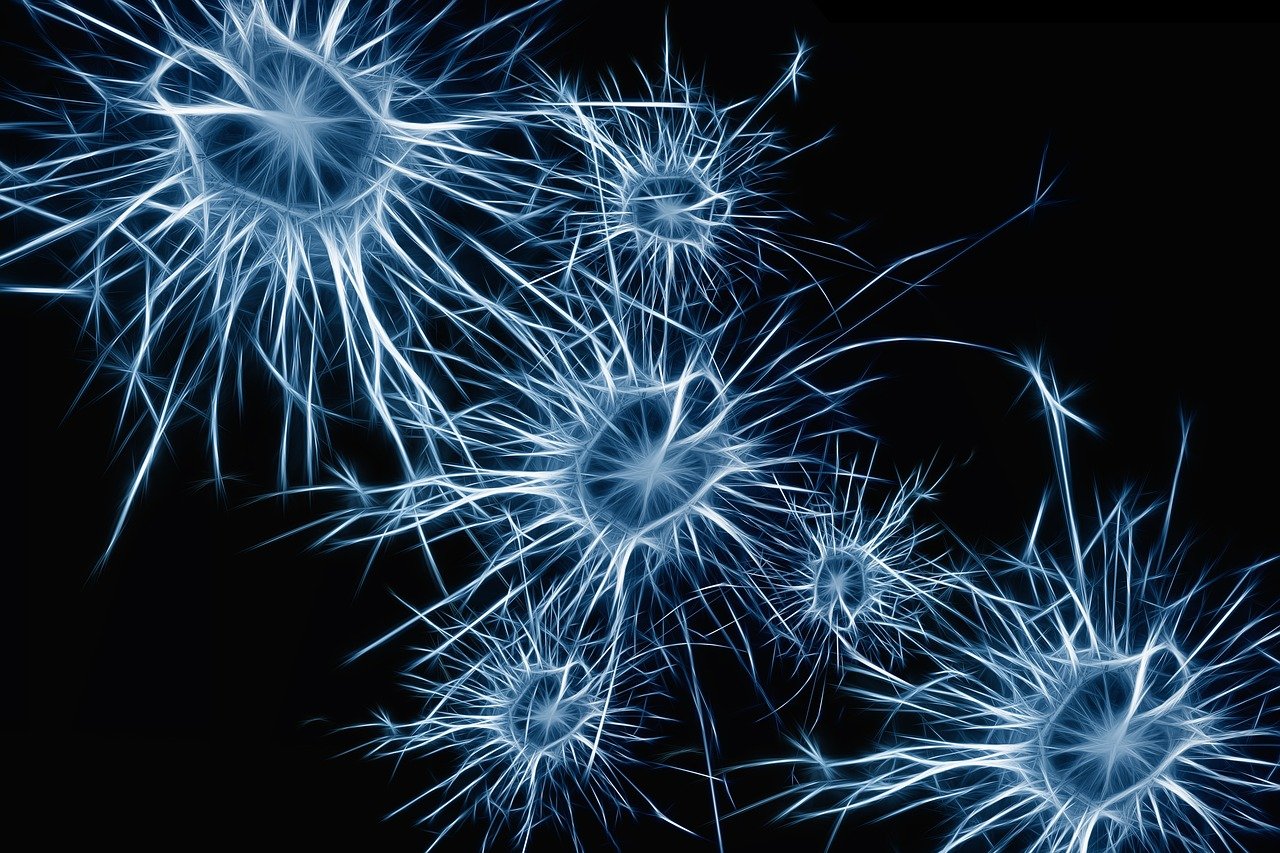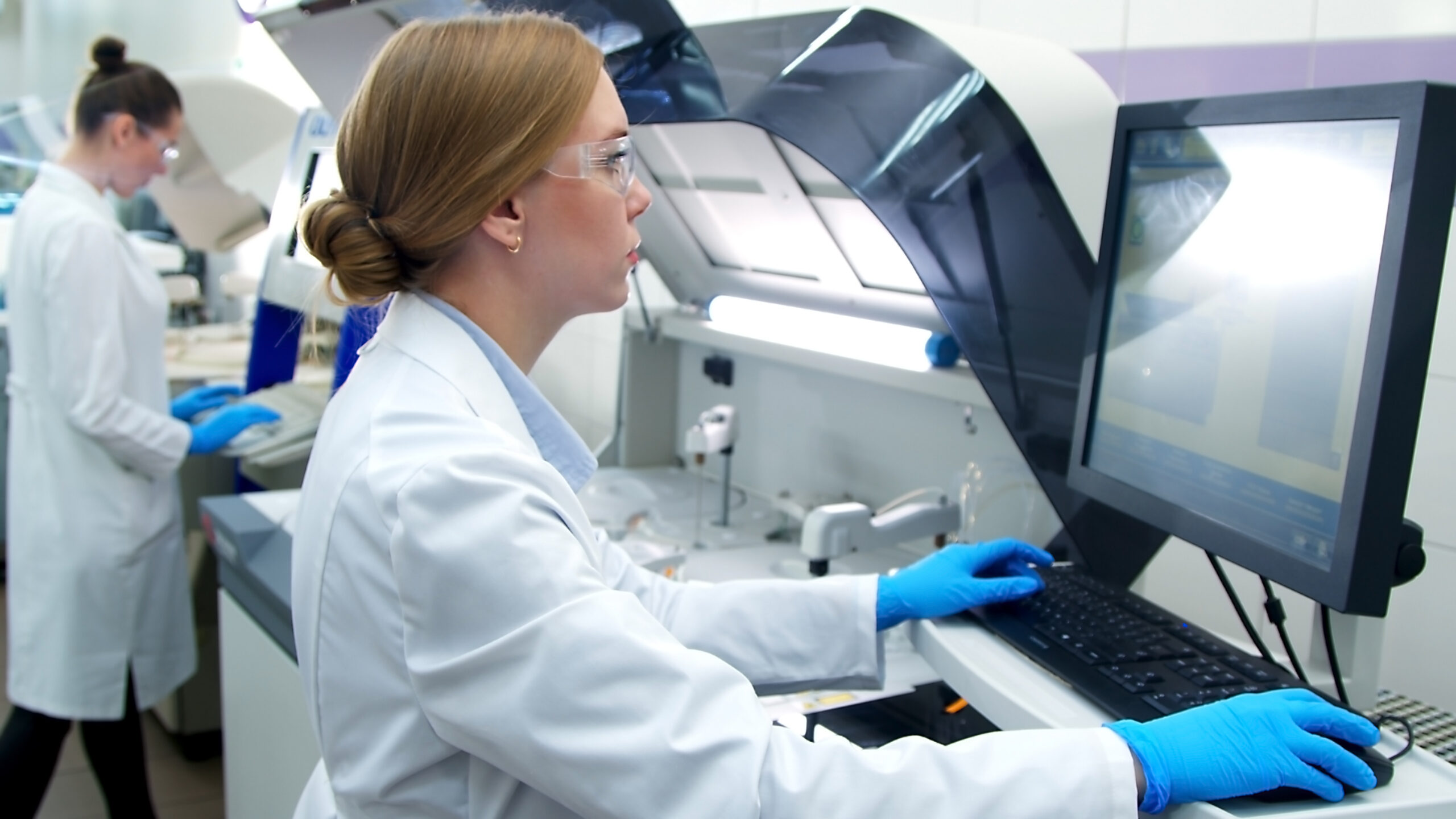
A blog article by Ashlie Reker, Ph.D.
Fairly recently, the field of neuroscience seemed to be suffering from brain drain (Sifferlin, Alexandra, 2014; Markram, Henry, 2013). Advances in our understanding of how the central nervous system functions, and the physiological and behavioral manifestations of these functions, and dysfunctions, were slow. As a result, the development of innovative treatments for conditions bearing high burden of disease, such as neuropsychiatric disorders and dementia, were significantly lacking.
New technological innovations allowed for a resurgence in neuroscience research output, so much so that some have dubbed the 2010s as “The Decade of The Brain”.

Understanding and manipulating the complexities of the brain requires international cross-disciplinary efforts. Critical to these processes is in vivo research. Humans maintain homologous conservation with many animals, most obviously non-human primates, but also with rodents such as mice. Due to these similarities, animal research allows scientists to unravel the mysteries of the central nervous system to better treat disease and improve the quality of life for millions of people.
Neuroscientific in vivo research comes with its own unique challenges and needs equally unique and configurable management solutions. Climb was developed in partnership with in vivo scientists from leading research institutions as a modern solution to in vivo research and operations management. Climb enables labs to take control of their data, execute more critical research, and help get treatments and devices to market faster.

Collaborate from Anywhere
As a cloud-native software, Climb promotes collaboration between teams across the globe. Projects such as The BRAIN Initiative, Brain Gate, The Human Brain Project, and The Global Brain Consortium, to name a few, rely on aggregating findings from basic, biotech, and pharma research conducted all over the world.
Organizations can work together to design experiments and collect and share data for fast analysis while avoiding data silos. Easy and accurate data sharing means these findings can be quickly shared with the public through science outreach and conferences, such as the Society for Neuroscience.

Sample Tracking
As we endeavor to delineate how the brain works and the underlying mechanisms of disease, sample collection and analysis are critical. Analyses such as RNAseq may require outsourcing to special facilities with the necessary equipment and specialized personnel to process and analyze the sample.
Climb associates each sample with extensive metadata, the source of origin, and study. You can also update information about the sample and track it as it moves through the analysis process.

Animal Tracking
Animal models are a key component to any field of research and neuroscience is no different. Climb is species-agnostic and can accommodate almost any in vivo model. There is no limit to the number of animals that can be entered into the system nor the number of lines or their associated genotype.
Climb even comes with a library of cage cards that can be printed directly from the platform to make managing your vivarium efficient and easy!

Clinical Observations
Neuroscience research often requires complex and delicate surgery to gain direct access to the brain, after which animals must have post-op monitoring as per animal welfare requirements. Climb’s clinical observation functionality provides fast communication between staff members, vets, and scientists when an animal is in urgent need of medical attention.
Symptom presentation can be logged into Climb, sent to the appropriate parties – including to mobile phones as an SMS – and treatment plans can be devised and assigned within minutes. The clinical record is accessible as long as your instance of Climb is active.

Resource Management
Climb from RockStep Solutions is a comprehensive 360° solution to increase your lab’s research efficiency and accuracy, helping you to get more science done!
Want to learn more about Climb 2.0? Take the video tour or request a demo!




